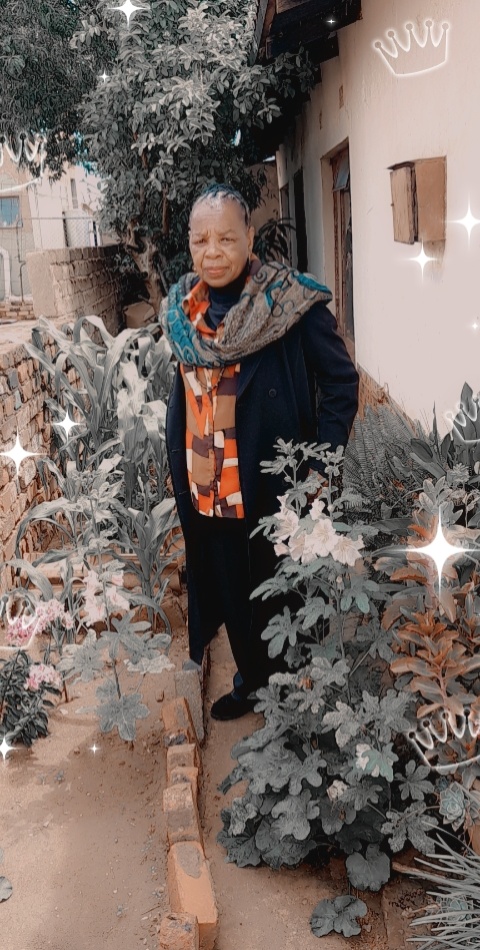
MAMELODI STRUGGLE VETERAN MOKGONYANA STILL HAS VIVID MEMORIES REGARDING MAMELODI MASSACRE.
By Manoko Mokgonyana.
I can still recall vividly various reasons that led to the Mamelodi residents to converge as one voice and air their grievances in unison.
It was on the 21st of November 1985 and women from all walks of life were also at the forefront of the fateful march to show their bravery, resilience and a spirit of not retreating in an effort to defend their children and all oppressed people against the brutality of the apartheid system.
On the day of the march the women lived up to the old African adage which dictates that women will hold the sharp end of the knife in order to defend their children, and truly, they were prepared to face the barrel of the gun on that fateful day.
Some of the thorny issues which led to the march besides the high rents were as follows:
1.Women were fed-up with the situation whereby children were being beaten up and injured on a daily basis by the apartheid police when sending them (children) on errands or when they were coming back from school.
2.The Mamelodi community was angry about the presence of police and soldiers in the township.
3. Rising cost of rent and unaffordable transport.
4.Workers were unhappy about the low, slave wages at their workplaces.
5. Due to the rampant inflation situation at the time, food prices were high and unaffordable for the oppressed African masses.
Prior to the march, various meetings were held by numerous organisations in Mamelodi to address the political situation that the residents of the township found themselves in at the time.
These organisations included those belonging to women, workers, students, youth, businesses, sport arts and culture groups and traditional elders.
Prominent among these organisations were Mamelodi Youth Organisation (MAYO), Pretoria Students Congress, Zakheni Women’s Organisation, Pretoria United Taxi Association and UDF affiliates like COSATU, SAYCO, SANCO and the Federation of Transvaal Women ( FEDTRAW).
The local municipal council of the time was not representative of the residents and all that it did was to rubber-stamp decisions taken by the apartheid regime to oppress Mamelodi residents.
The mayor at the time, Bernard Ndlazi, did not know how to serve and engage the people of Mamelodi and he merely carried out stupid orders from his apartheid masters.
On the fateful day of 21 November 1985 Mamelodi Massacre, men, mothers, children and pregnant women were either killed or injured and even crippled.
ANC exponent Dr Fabian Rebeiro treated many of the victims of the massacre for fee.
Mama Winnie Nomzamo Madikizela Mandela came straight from visiting Nelson Mandela in jail and addressed the residents of Mamelodi after the burial of the massacre victims.
The underground structures of Umkhonto We Sizwe then retaliated with landmines explosions at the local Mogale mountain, killing a truckful of mercenaries who had come to South Africa from South West Africa( now Namibia) to help the apartheid SADF soldiers in their fight against anti-apartheid activists.
Notorious apartheid policemen were also killed in Mamelodi in the aftermath of the November 21 Massacre.
Mamelodi township became host of numerous political activists who had ran away from their hometowns because of political upheaval and persecution by the apartheid regime.
The reign of terror as perpetuated by the apartheid regime began in earnest in 1986 after the declaration of the “State of Emergency.”.
Activists like Dr Rebeiro and his wife Florence were shot and killed in Mamelodi.
ANC underground operative Stanza Bopape disappeared around this time.
Other activists who were kidnapped and killed include Abram Makolane, Sammy Zindos Ledwaba, Andrew Malope, Harold Sefolo and Jackson Maake and Jeffrey Sibaya.
Tshwane Talks readers have been able to read stories in this publication for free for over two years now. We still want our readers to access our stories for free, but we are asking those among our readers who can afford it to contribute at least R30 a month to cover some of the costs of publishing this independent, non-aligned online newspaper which gives a voice to all sectors of society irrespective of race, colour, creed, religion, or political affiliation. You may make your contribution by depositing at least R30 a month into Tshwane Talks' bank account. Details are as follows:
Bank Details
Bank: Standard Bank
Account Number: 10225548834
Account Type: Cheque Account